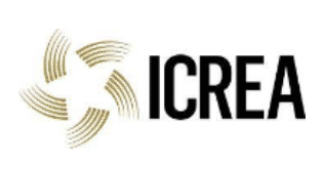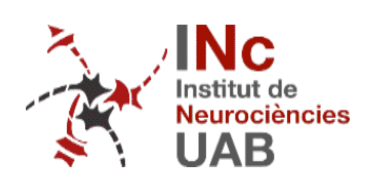Cancer Biotherapy and Radiopharmaceuticals, 2007, 22(3), 357-366
Single cell dosimetry for radioimmunotherapy of B-cell lymphoma patients with special reference to leukaemic spread
Aims: Many lymphoma patients have both macroscopic tumors and single-cell manifestations of their disease. Treatment efficacy could, therefore, depend on the radionuclide used. The aim of this study was to investigate dosimetry at a cellular level for three isotopes of radioiodine. Methods: Cells were assumed to be spherical with radii of 6.35, 7.7, and 9.05 m corresponding to the dimensions of the Raji cells. The radius of the nucleus was assumed to be 75% of the cellular radius. The electron energies were 18, 28, and 190 keV, corresponding to the mean electron energy per decay for 125I, 123I, and 131I, respectively. S-values for different activity distributions were simulated using Monte Carlo and dose-volume histograms as well as absorbed doses, and absorbed dose rates were calculated. Results: 125I gives the highest absorbed dose (4–40 times that of 131I), whereas 123I will give the highest absorbed dose rate (100 times that of 131I). Under the given assumptions, the absorbed dose at this level is more dependent on the size of the cells than on whether the radioimmunoconjugate is internalized. Conclusions: This enquiry showed that both 123I and 125I have greater potential than 131I for the treatment of leukemic spread in patients with lymphoma.








